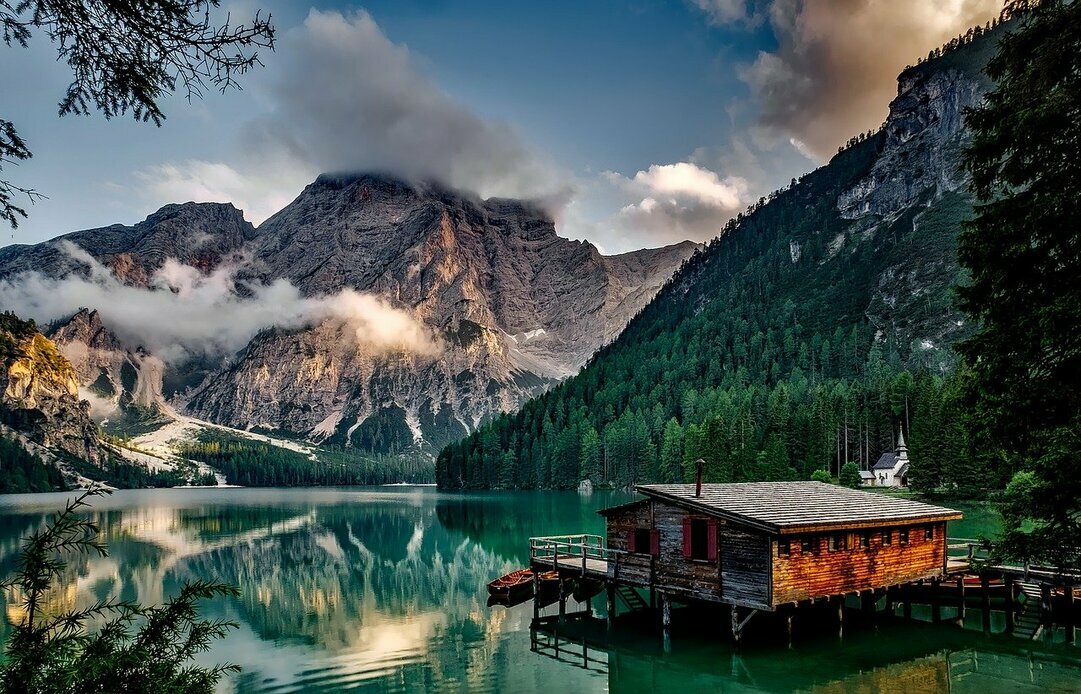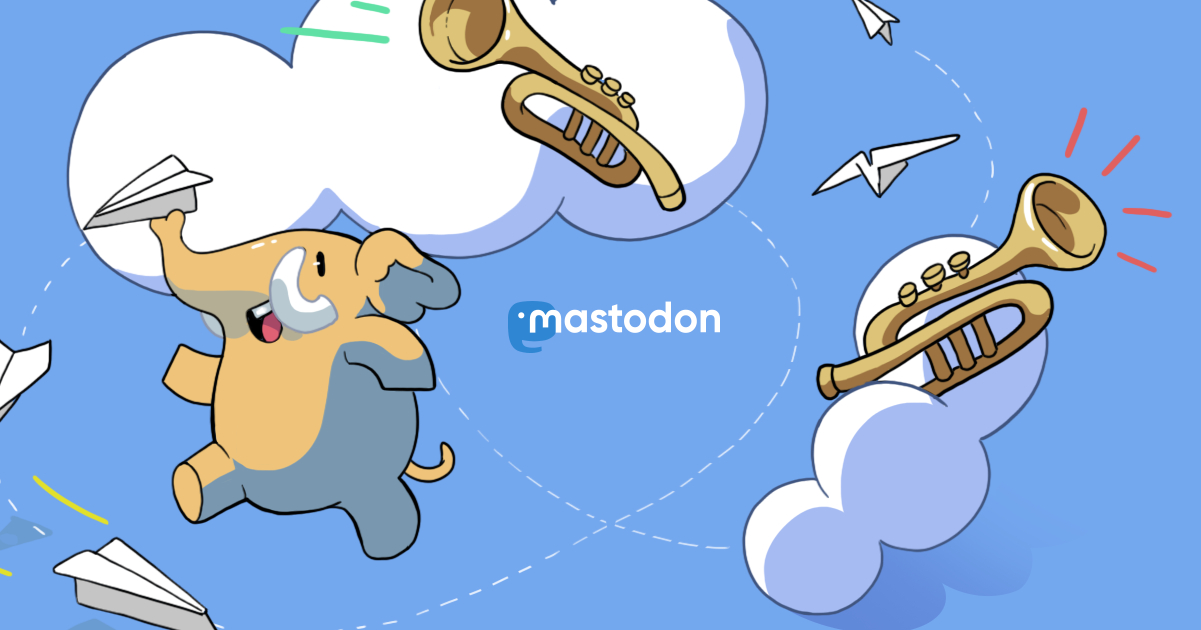
We had few nights with clear skies so I took advantage of that and shot object that I wanted since last year: Heart and Soul nebulas aka IC1805 and IC1848. Shot with Canon T3i, 135mm at F/2.8, L-Enhance filter from Bortle 7-8 sky and quickly processed with Siril. #astropic
I have decided to run an experiment: capturing Ha with a stock DSLR. Stock DSLR typically blocks 85-75 % Ha light, then given the structure of a sensor in the color camera, which DSLR is, you would only capture 1/4 of the light reaching filter. So I put Ha clip-in filter into my stock camera and embarked on that journey. Here is results of 6 hours of integration, all in all it was quite a waste of time. But I confirmed that it doesn't make sense to shoot Ha with stock camera. It's NGC 7822.
I was quite lucky this week, few nights with clear skies and I was able to complete 6 hours of IC1318 and NGC6888 aka Butterfly and Crescent Nebulas respectively. I think I finally nailed down whole process, it appears that on many subjects 6 hours is enough of the data for me to work with and get a descent pictures. Shot with Canon T3i, 135mm F/2.8 lens ISO 1600 and L-Enhance filter. I am still learning tricks around processing that data, this was a second try. #astrophography #astropic
Just finisher Cygnus Loop project. This is supernova remnant, it's believed that at the time of explosion it could have been seen from Earth in a broad daylight, so powerful it was. It's consist of West and East Veil nebulas and few other pieces. Sh2-103 Cygnus Loop/Veil Nebula shot with Canon T3i, 135 mm, F/2.8, ISO 1600, L-Enhance filter. It's about 6 hours of total integration time. I've used dark frames in that one and not entirely sure if I like it. #astropic
I have recently combined 4 and 2 hours integrations and got results which I am proud of. It's been a long journey with a lot of learning, I think I know what I am doing now, though there is still a lot to learn. Posting my "before" and "after" pictures, first one I took with 50mm lens last year and second with 135mm this year after learning journey and adding equipment, both pictures are from the same location, Bortle 7 sky. #astropic #astrophotography
I finally had clear skies and pulled 4 hours image of North America and Pelican Nebulas. Just a bit of processing. I am happy with over all results, I know I can learn bit more on processing side. Shot from Bortle 7 sky, with Canon T3i, 135mm, F/2.8, ISO 1600. #astropic
Life is a long educational journey, there is always to learn something if you are interested of course. I recently got L-Enhance filter for my #astrophotography hobby, so learning to use it. Unfortunately we have not had much clear skies time, when it looked like a clear you can see haze in pictures. Here is image of a target I started my journey with it's North America and Pelican nebulas, shot with Cannon T3i, 135mm, F/2.8, ISO 1600, L-Enhance filter from B7-8 sky, about 2 hours. #astropic
We finally got some clear skies, but it was 47% of the moon and my favorite part of the sky still low for B7-8 skies and regular DSLR with no filters or mods. This is quick and dirty processing of just an hour of total integration time. IC1318 in constellation Cygnus aka Gamma Gygni Nebula sometimes called Buttefly Nebula. Canon T3i, 135mm f/2.8, ISO 100 with 69 minutes of total integration time. Not APOD worthy, but I can clearly see improvements I made after starting last August. #astropic
Learning is always good. There was a day with clear skies, so I've decided to take a shot of a new object on my astrophotography journey. it's IC4592 aka Blue Horse Head Nebula. However I have not done enough research about the fact how dim it is, and that I should not be shooting it from Bortle 8 sky, I've learned that afterwards after spending time to process it. Also my roof was in the way, I had to delete some shots. Shot with Canon T3i, 135mm F/2.8 lens, ISO 100 1 hour total int. #astropic
@sergey Lastly while in Tucson we've visited Saguaro National Park and learned a lot about cactuses, apparently first flowers appear around age of 30 years and first branch would grow only at 75 years. That's crazy how old those things are.
@sergey Our third stop was in Tucson, AZ. We’ve rented a house with “million dollar view” and apparently advertisement didn’t lie view was really magnificent. You can sit and relax looking at those mountains covered in cactuses. One day we've got an interesting visitor who performed a little dance for us.
@sergey One other place we’ve gone to while in Flagstaff was Walnut Canyon National Monument. Which is very interesting place, apparently before volcano eruption it was a home for people of Sinagua who used natural cliff walls to built houses. Of course I can’t resist to take a picture of blooming cactus.
